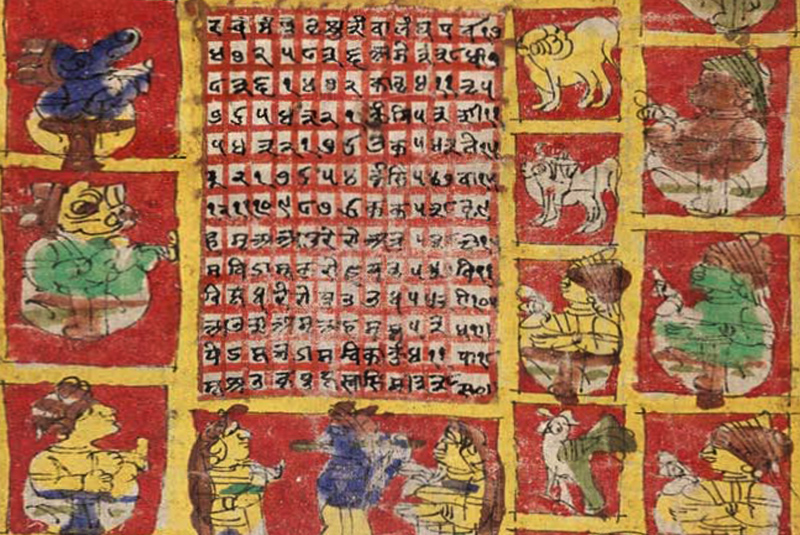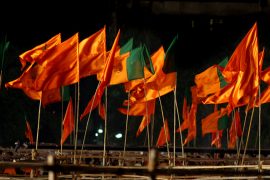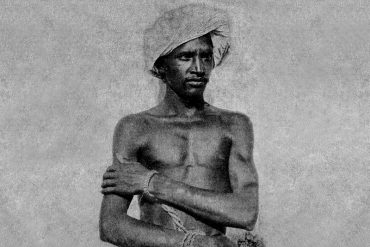The easiest way to travel through time is to cycle through each of the Indian states. For, each region follows their own versions of solar and lunar calendars.
Thus, in North India, you would find yourself celebrating the New Year between April 13 and 15 each year, on Vaisakhi. The states of Jammu and Kashmir, Himachal Pradesh, Punjab, Haryana, Rajasthan, Uttar Pradesh, Bihar and Madhya Pradesh all follow this calendar, call this system Purnimata.
To the West, Gujarat follows the Western Amanta, celebrating the New Year on the second day of Diwali.
Maharashtra follows the Southern Amanta calendar along with Goa, Karnataka, and Andhra Pradesh. It’s a lunisolar calendar, similar to the Chinese one, where months are called from new Moon to new Moon. New years usually fall at the end of March.
Wrapping up the list are the Southern states of Kerala and Tamil Nadu, the Eastern and North-Eastern states of West Bengal, Tripura, and Assam; all of which follow solar calendars. In Kerala, the new year begins on the first day of Spring, usually mid-April. Likewise, Tamil Nadu follows this system, as does Tripura.
Copyright©Madras Courier, All Rights Reserved. You may share using our article tools. Please don't cut articles from madrascourier.com and redistribute by email, post to the web, mobile phone or social media.Please send in your feed back and comments to editor@madrascourier.com











